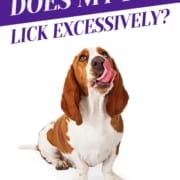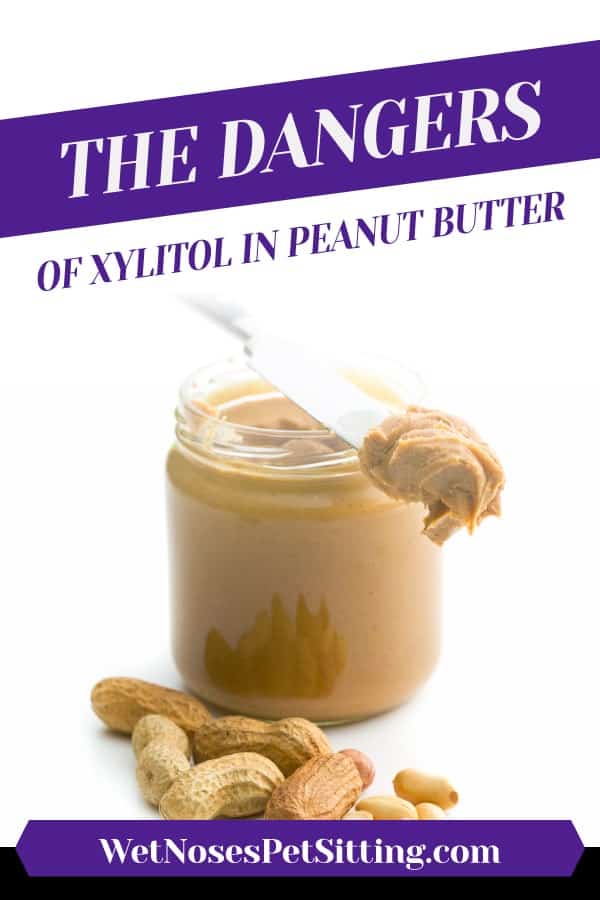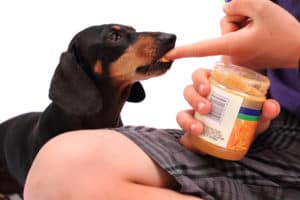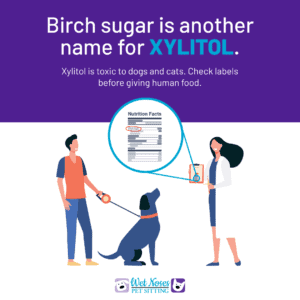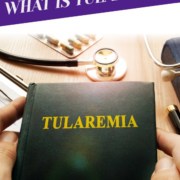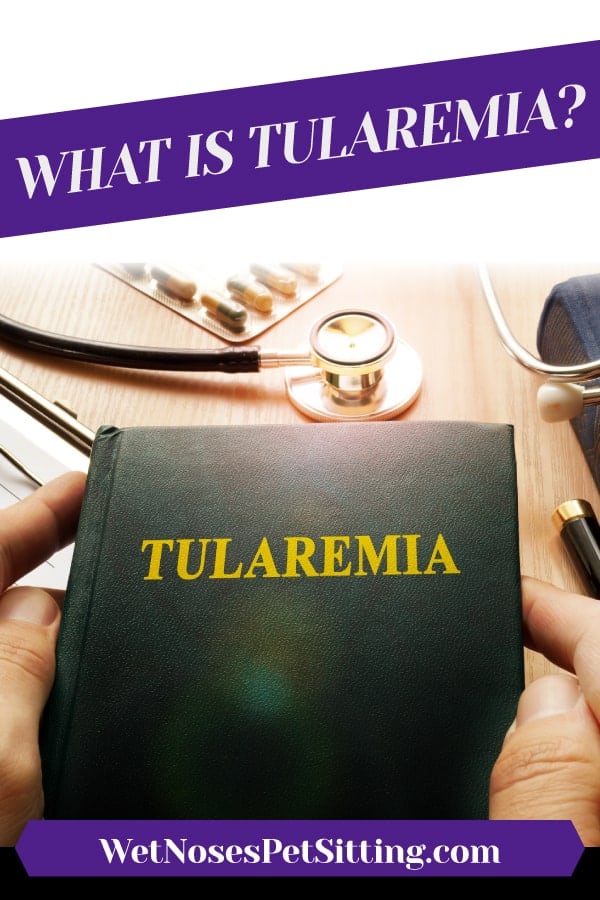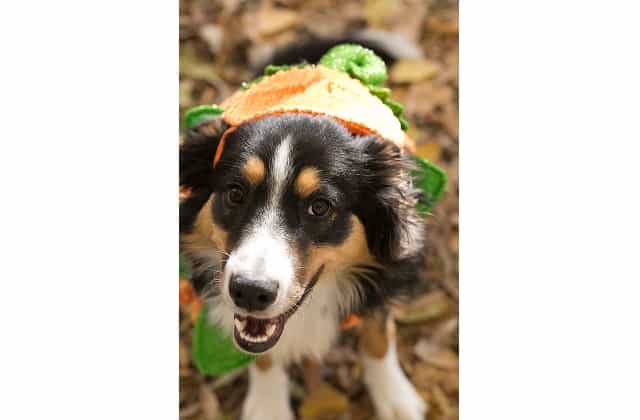Does My Dog Lick Excessively?
Do you ever catch your pooch in the act of licking his feet, forearms, or other extremity so ferociously you think to yourself, “wow, that must really feel good”? While his licking may seem a non-issue, and one that provides him joy, that doesn’t mean it might not be his response to an underlying issue if they lick excessively.
Canine acral lick dermatitis (ALD) – also known as lick granulomas – is a lesion to the skin caused by chronic licking, resulting in skin inflammation. Over time, the skin thickens and the area can’t heal because they lick excessively. The licking and the inflammation cause itching, which causes your dog to lick even more, creating a vicious cycle of itching, licking, inflammation, and the inability to heal.
ALD can also result in secondary issues including bacterial infection, ruptured hair follicles and ruptured sweat glands. These issues just add fuel to the cycle, making the itching even worse which increases your dog’s need to lick.
The most common location for ALD is on the front side of a front leg between the elbow joint and paw, though they are often found on the ankle and between the toes. The condition is most often seen in middle-aged, large-breed dogs. Many veterinarians believe itchy skin triggers the excessive licking, although it is thought it can also be set off by a painful condition, such as trauma to the leg, a fracture, post-surgical discomfort, arthritis, or nerve damage. A fungal or bacterial infection, as well as skin mites, can also trigger itching in your pooch.
Not only is ALD rooted in health conditions, incessant licking is also a common obsessive-compulsive disorder in dogs – yes, dogs can have OCD, too! Rover’s licking may trigger the release of endorphins (a chemical in the brain that leads to feelings of happiness) and once he learns licking brings about a pleasant feeling, he’ll likely continue to do it. As well, psychological factors such as boredom, stress and separation anxiety can result in excessive licking. To best determine how to treat the issue, it is important to determine the cause.
If you suspect your pooch has an ALD lesion, there will typically be a raised area of ulceration, hair loss, and thickened skin around the lesion. Your veterinarian should first rule out any potential allergies first, as a dog with recurrent skin or ear infections, hot spots, or itching in other areas may have an allergic condition that needs treatment. Several tests are needed to diagnose ALD, including skin scrapings and fungal cultures, and to look for infection.
If it is determined that your pooch is indeed suffering from ALD, once treated effectively, you’ll likely need to address any psychological or emotional factors that may have contributed to your pet’s obsessive licking. Try to refocus his energy with frequent walks, playtime, and other methods of physical activity. Make sure you and everyone in your family pays extra attention to Rover, stimulating his brain and keeping him happy and secure.
The best way to prevent ALD is to talk to your vet as soon as you notice you dog start to lick excessively. Make a habit of running your hands over Rover regularly to check for damp fur or sensitivity. If you notice him licking a particular spot but there’s no injury to the skin, wrap the area with an Ace bandage to discourage further licking. Anything you can do to prevent Rover from self-injury will be extremely beneficial.
While we associate licking with a dog’s natural instinct, sometimes it can serve as a sign of an underlying issue and, when done excessively, should never be ignored.

